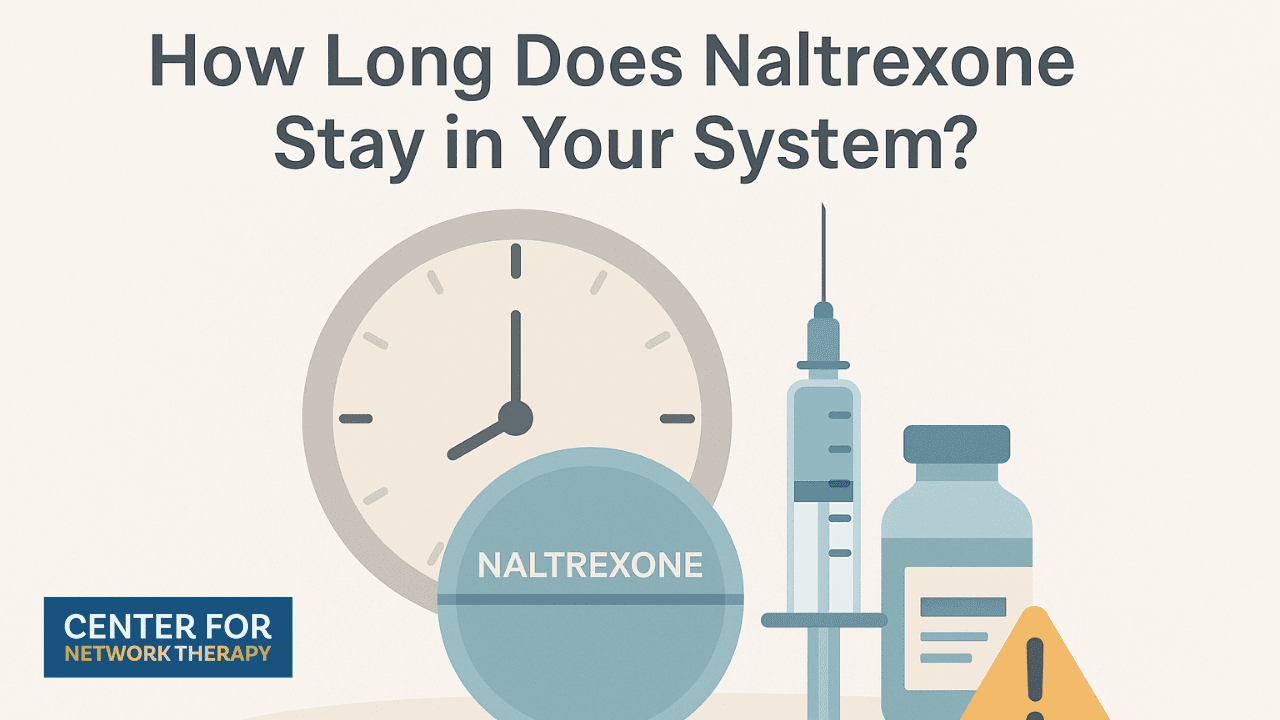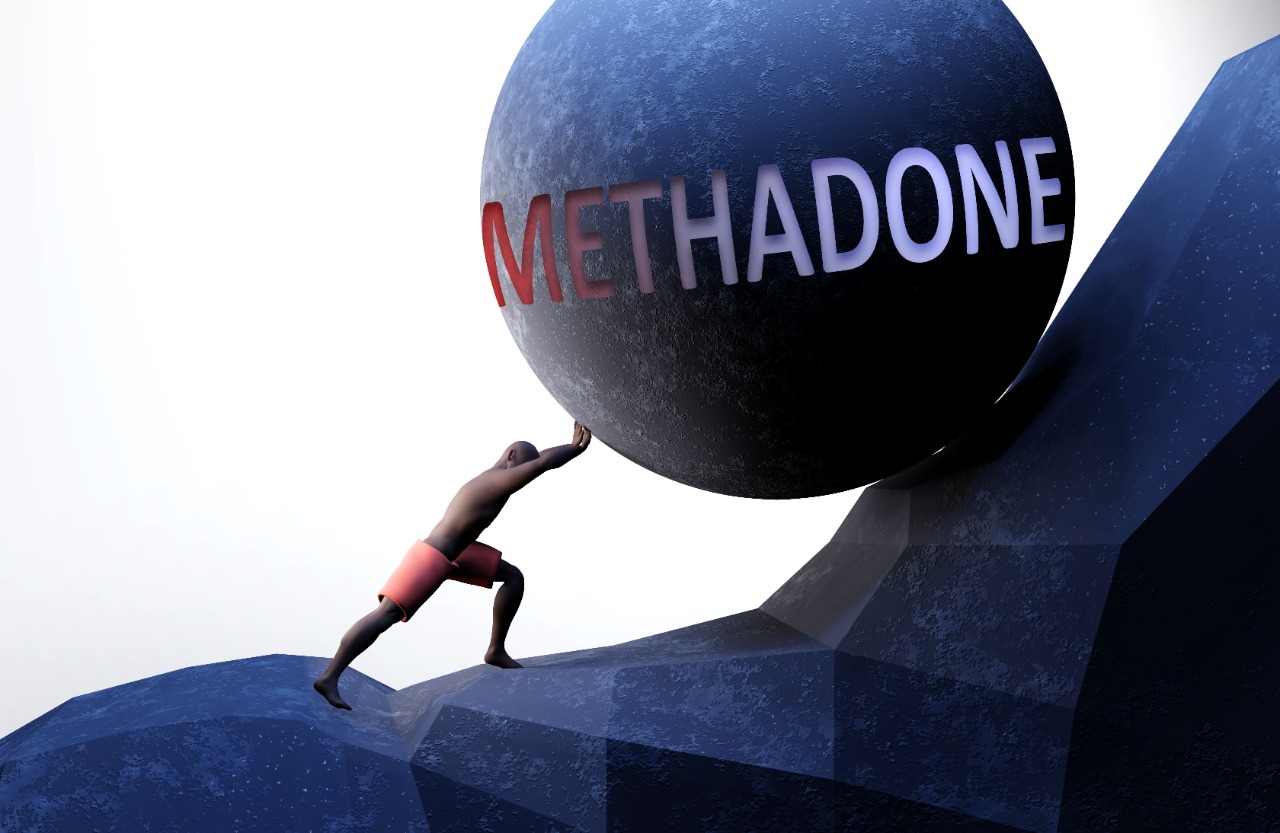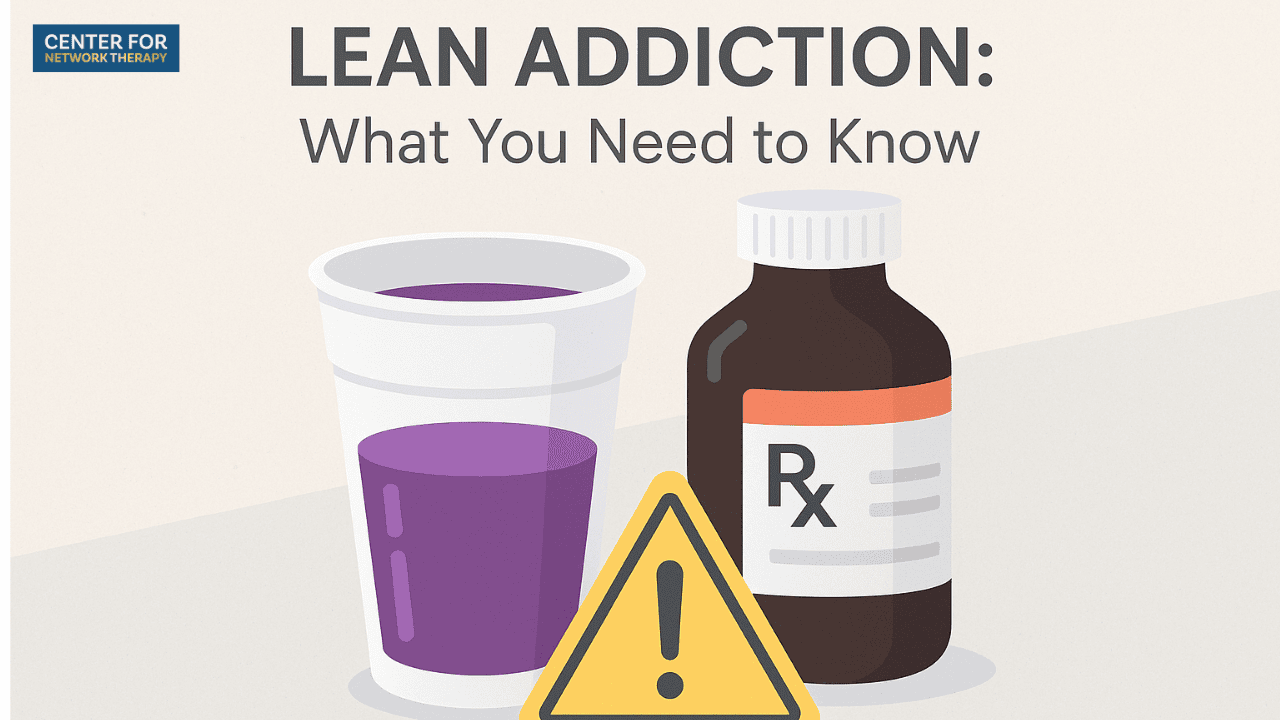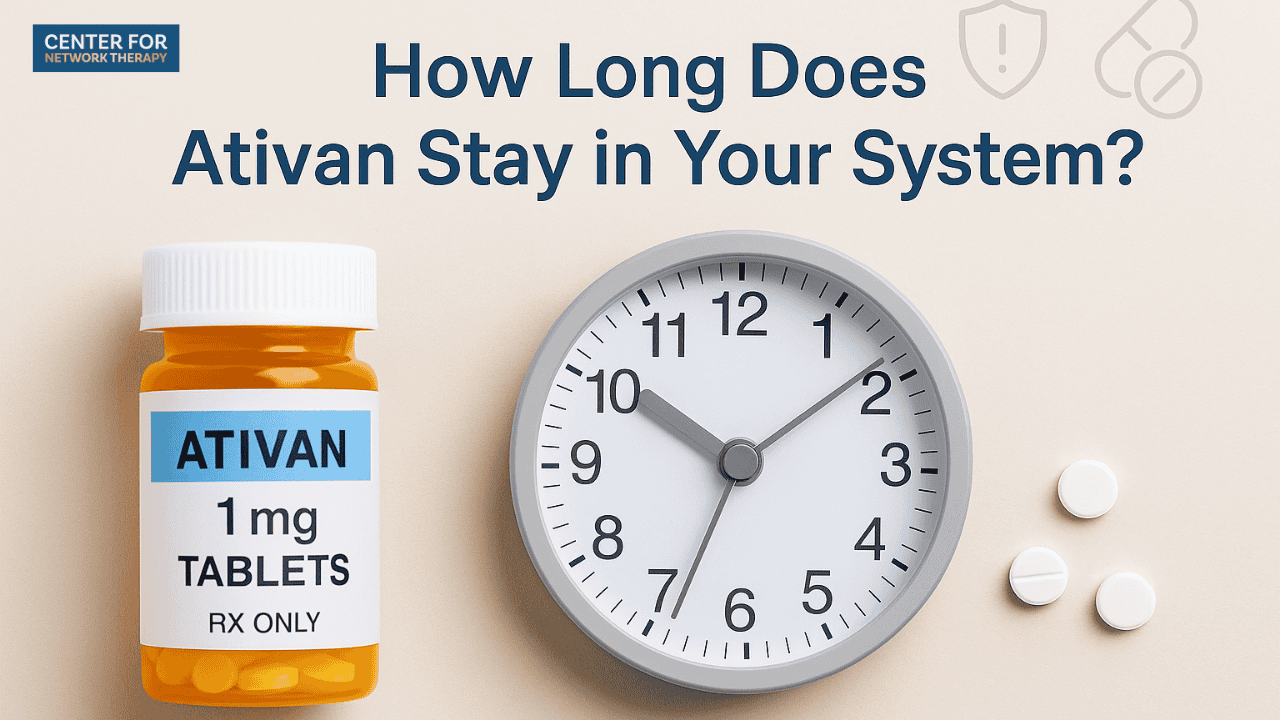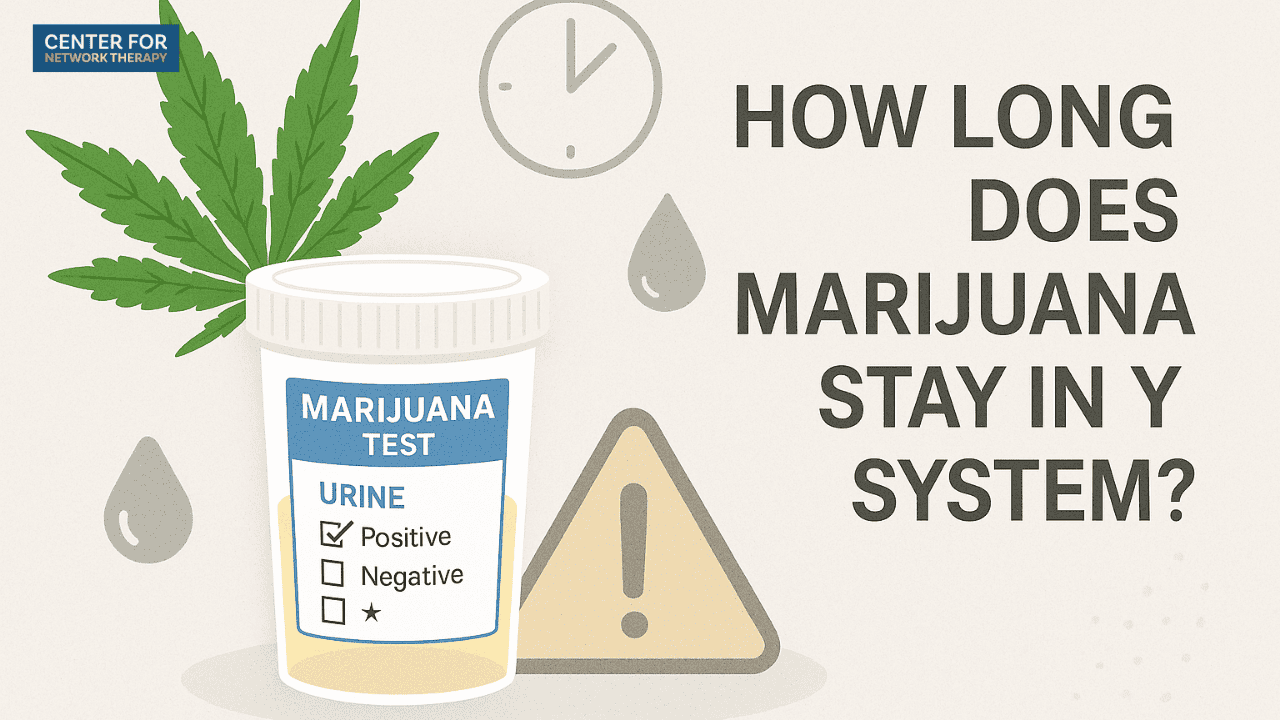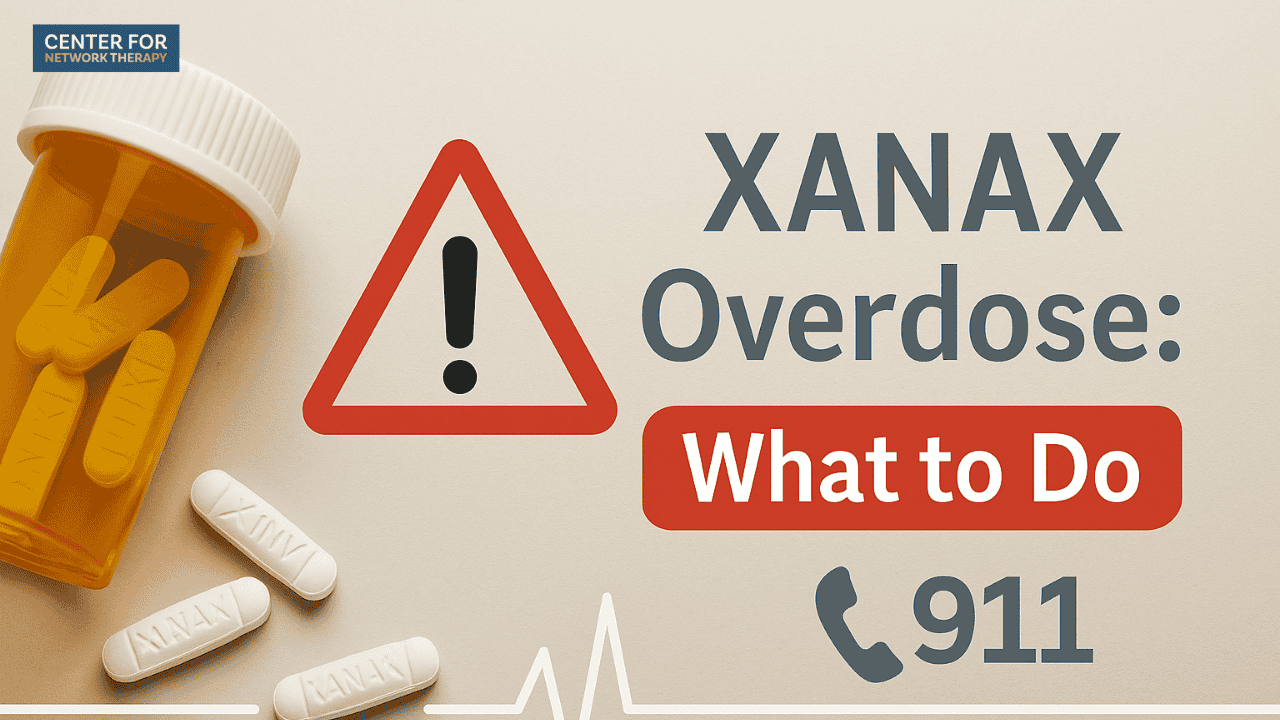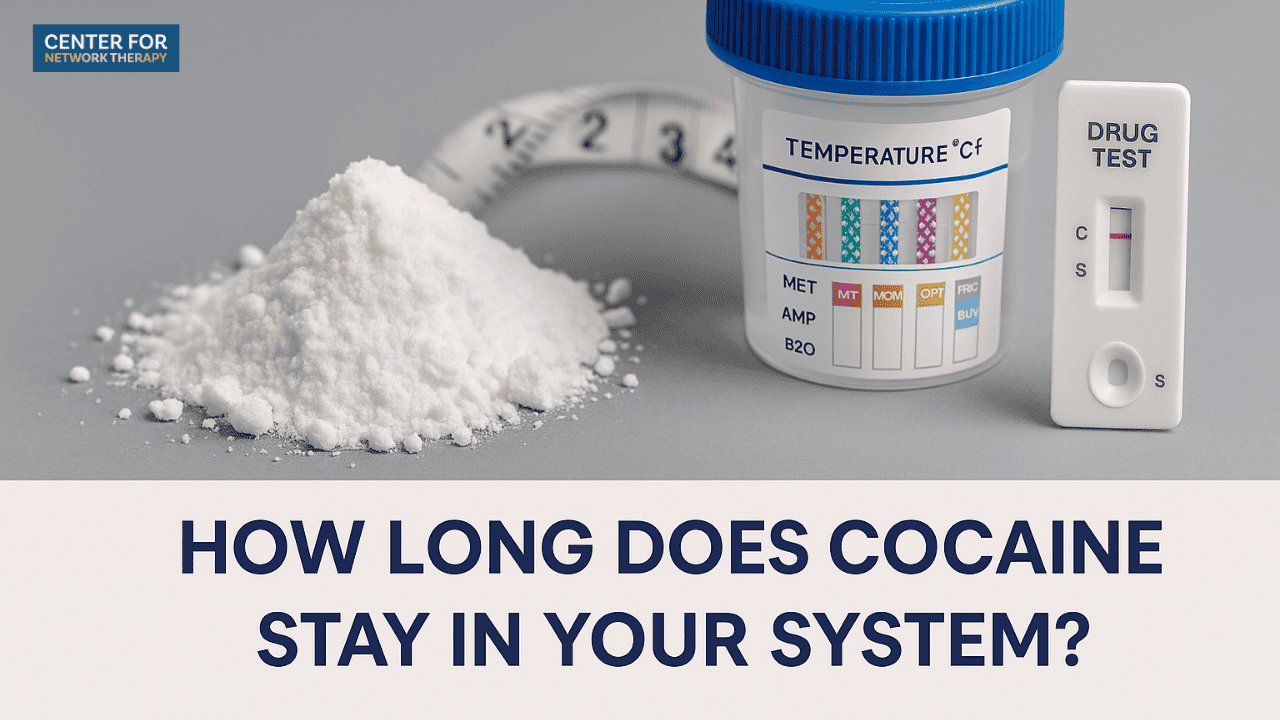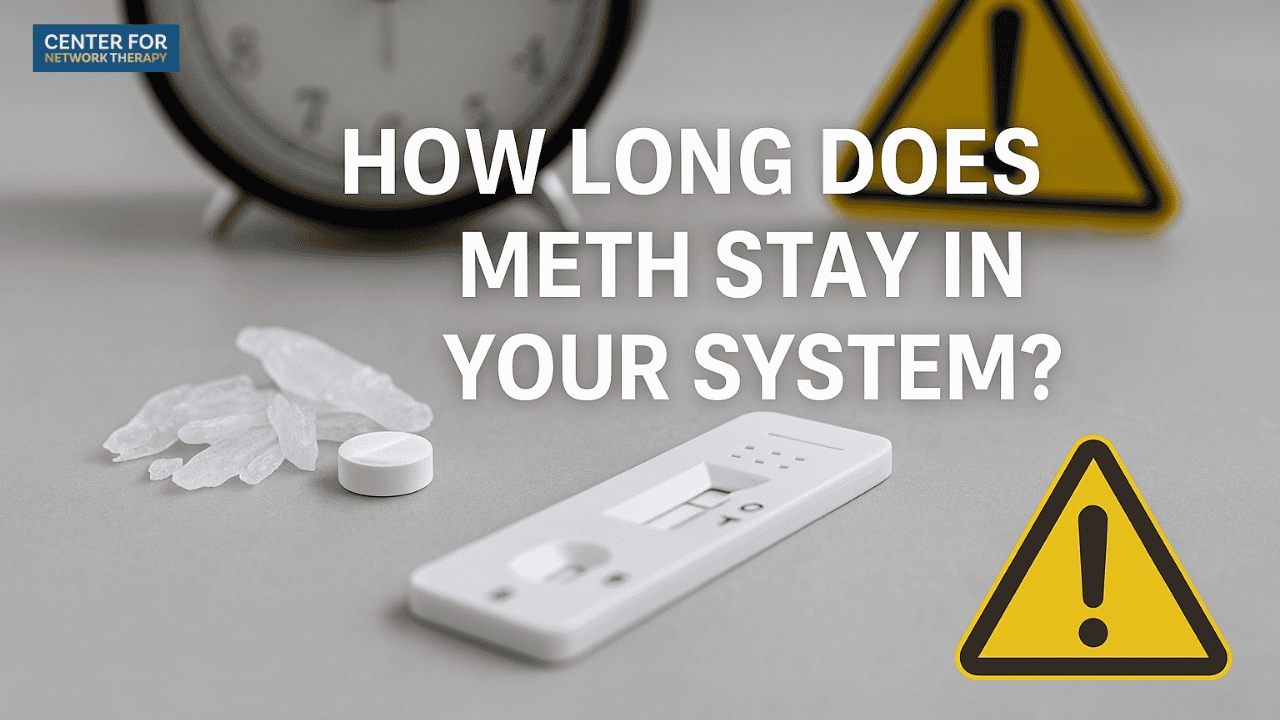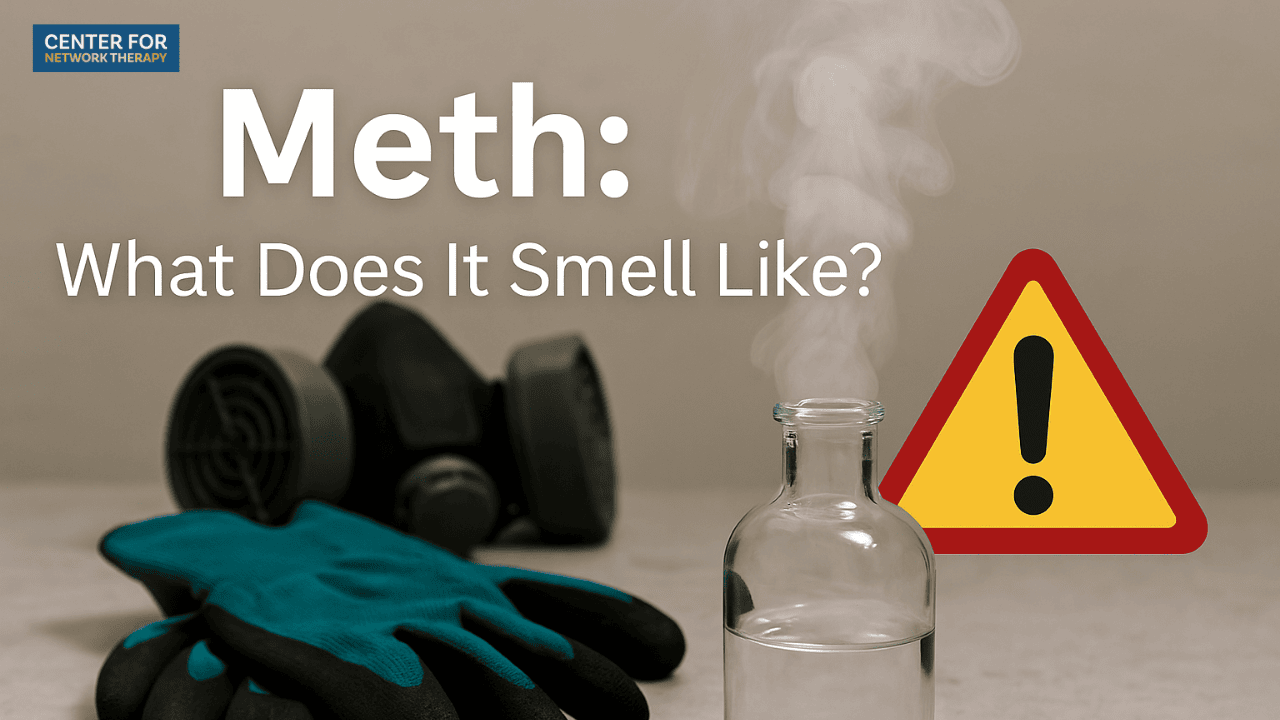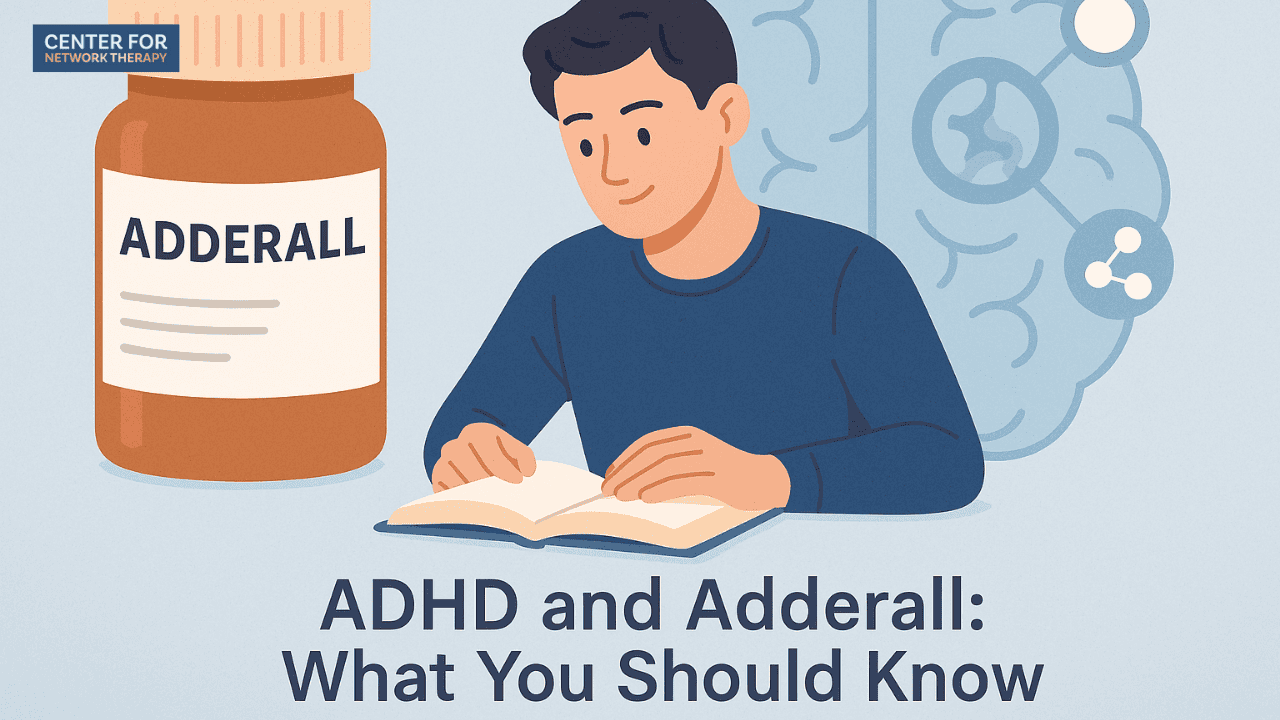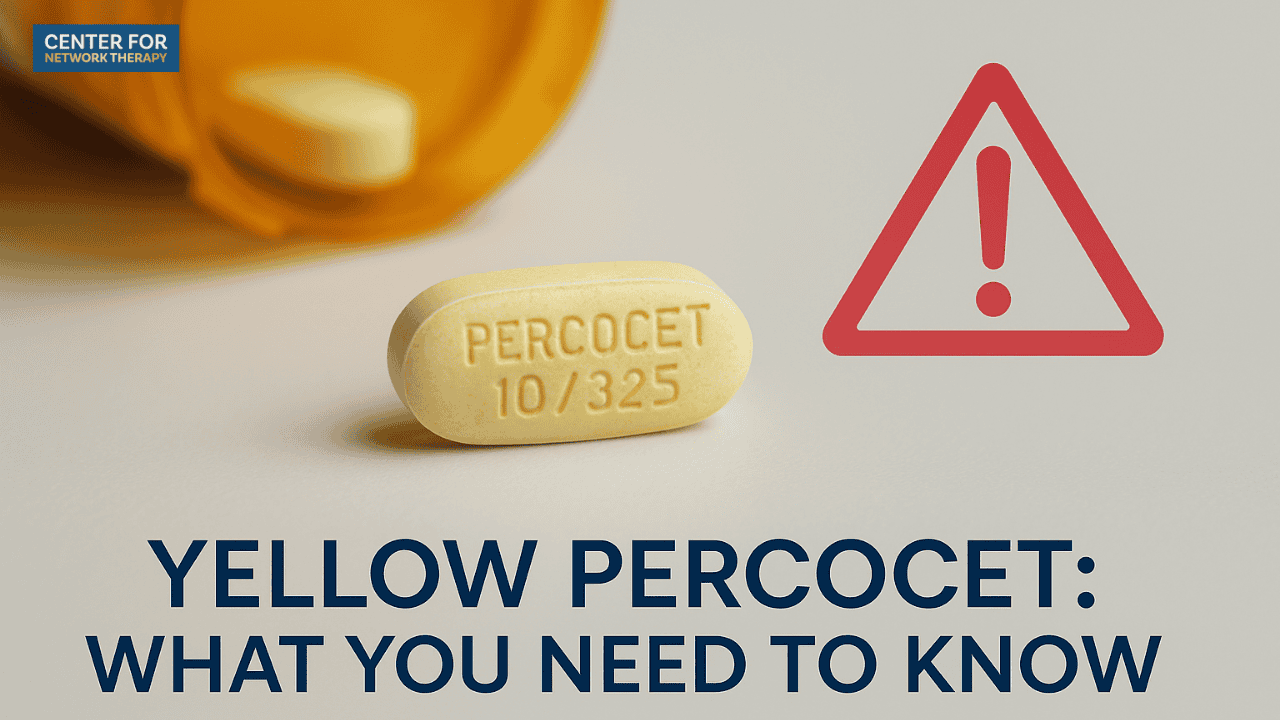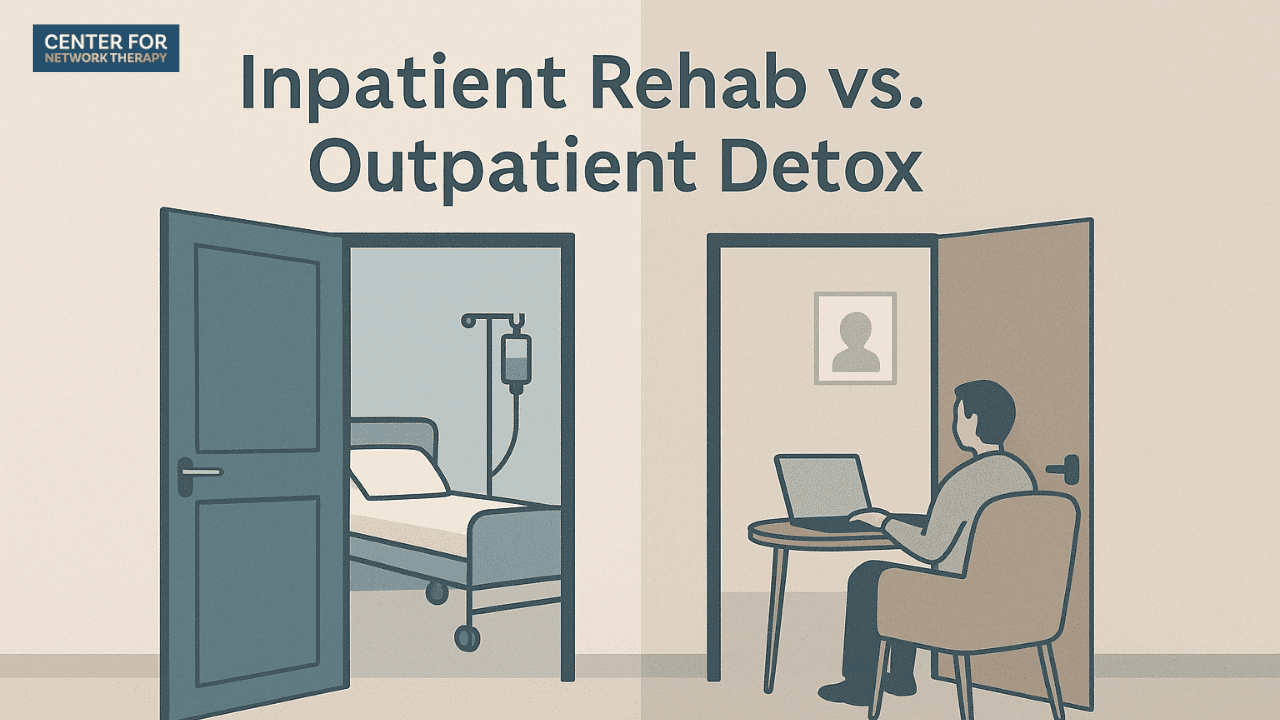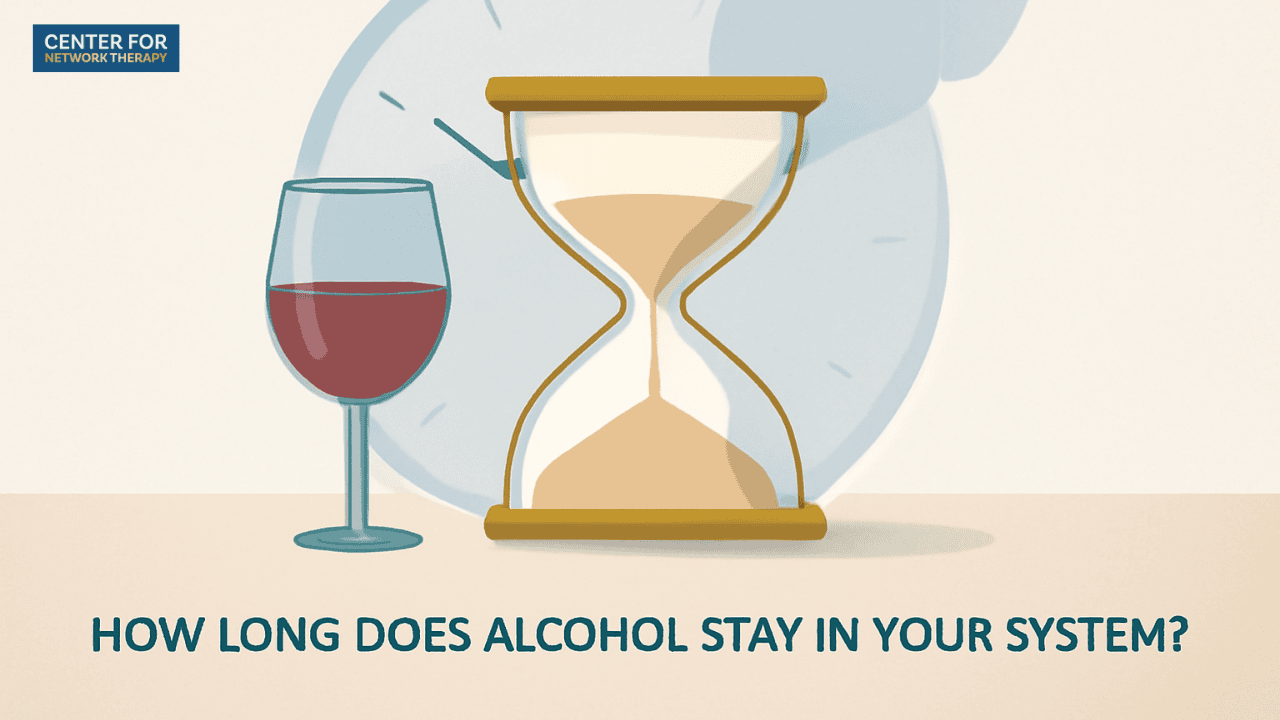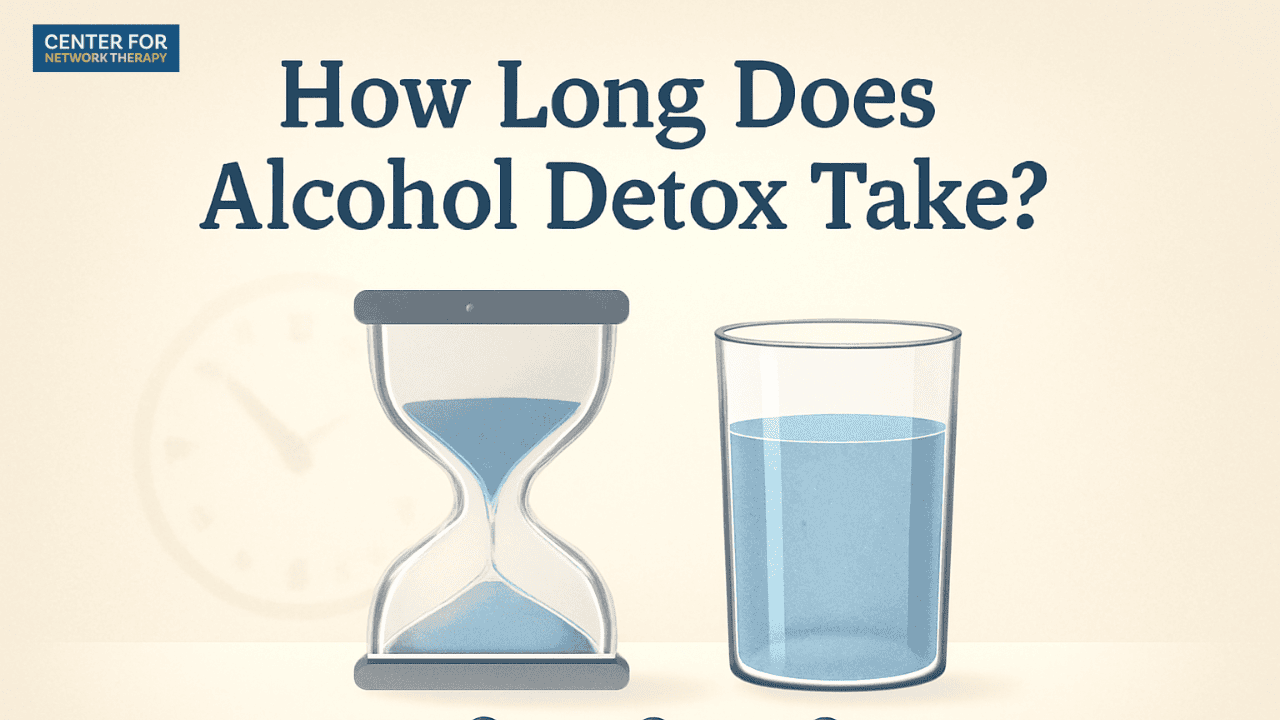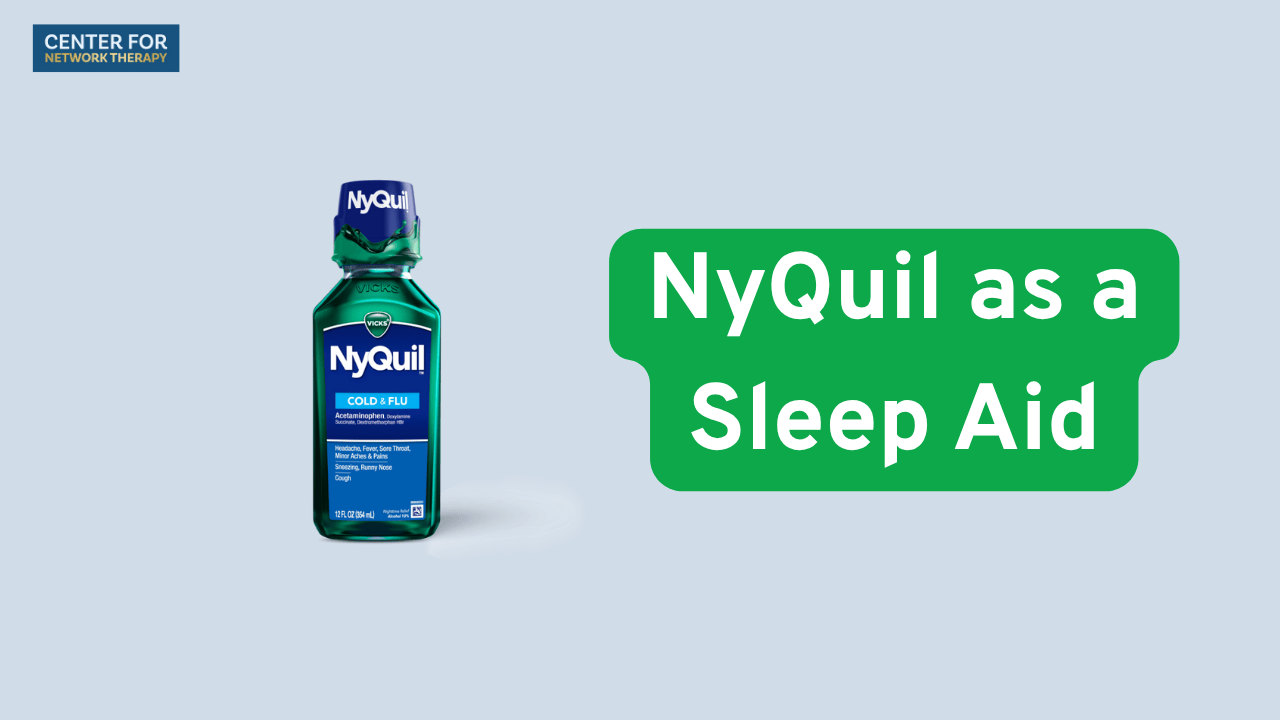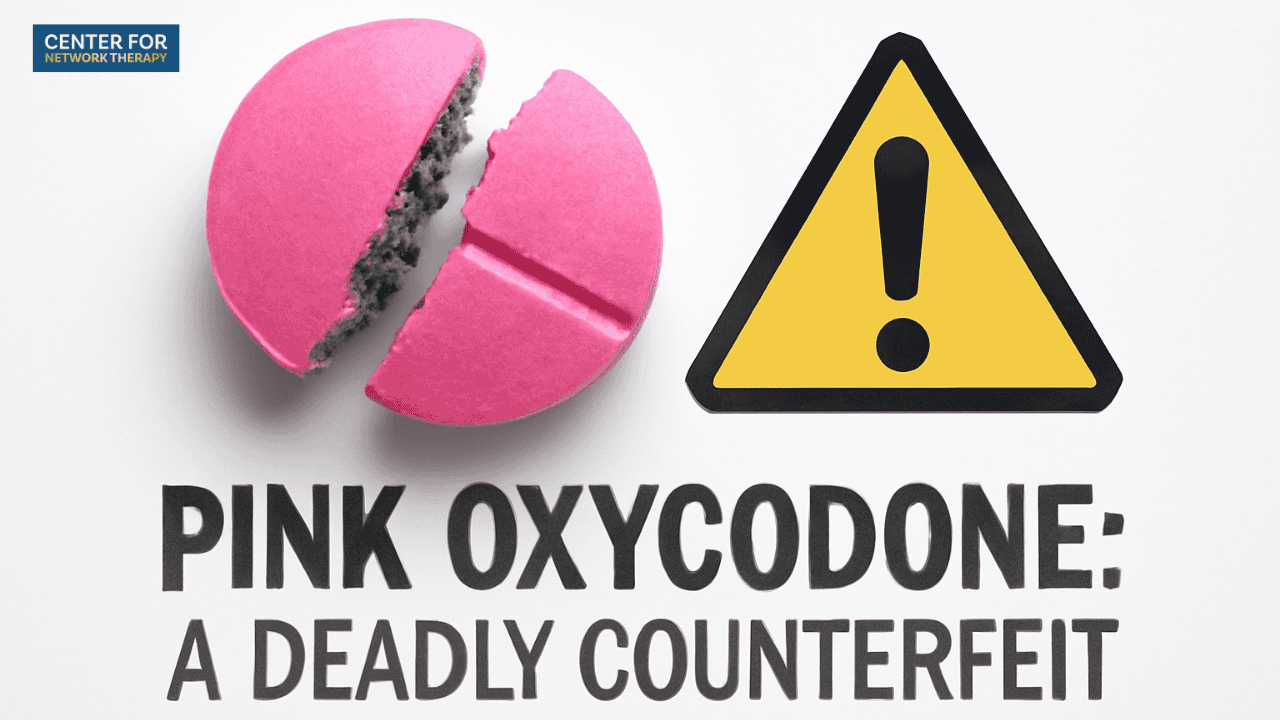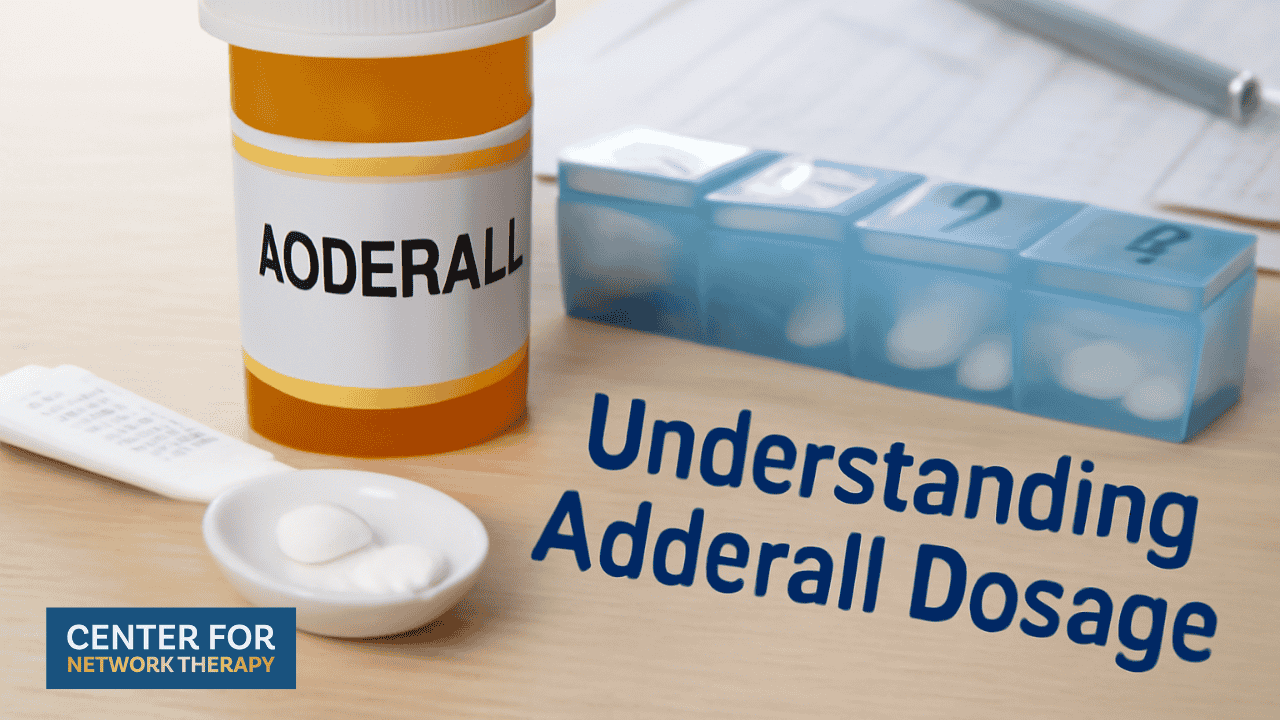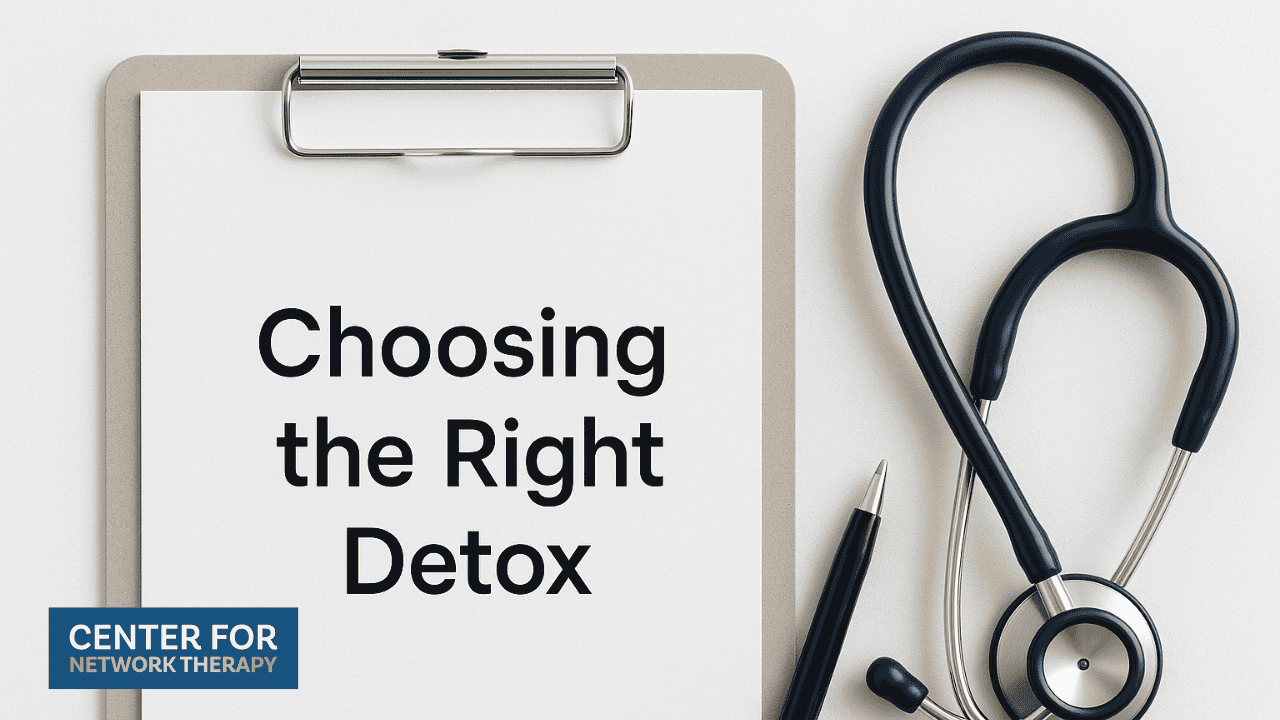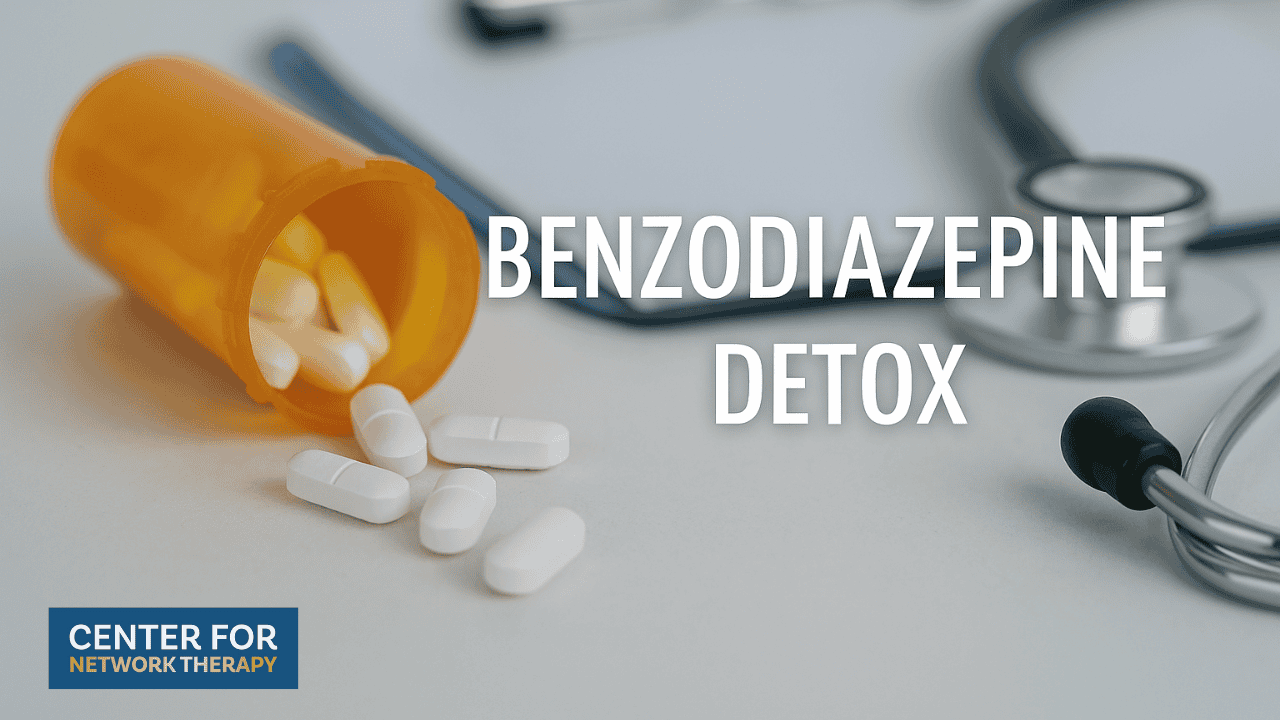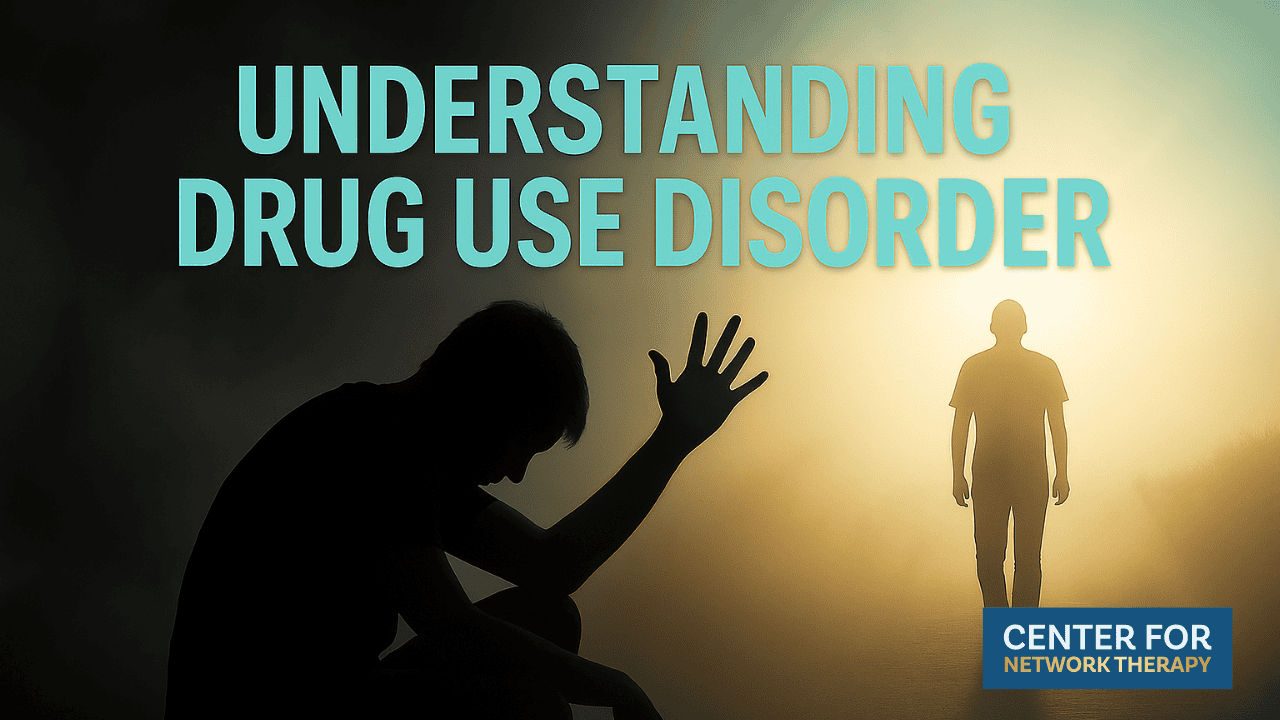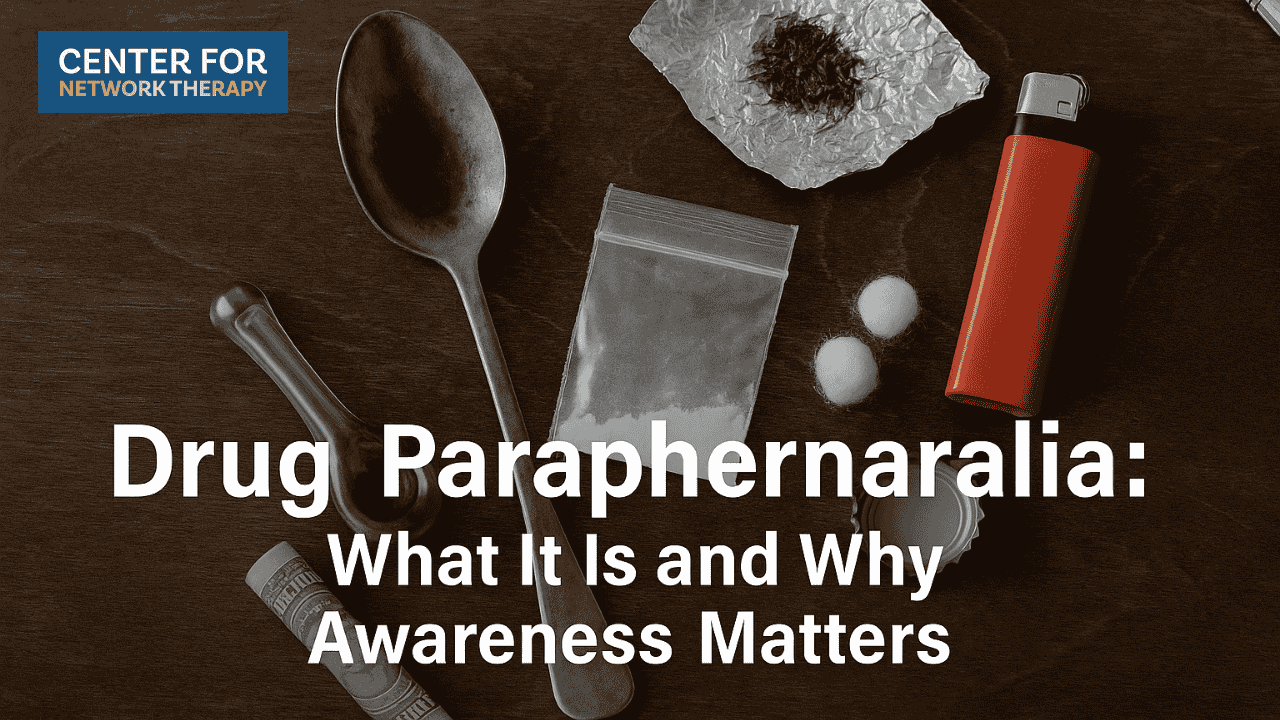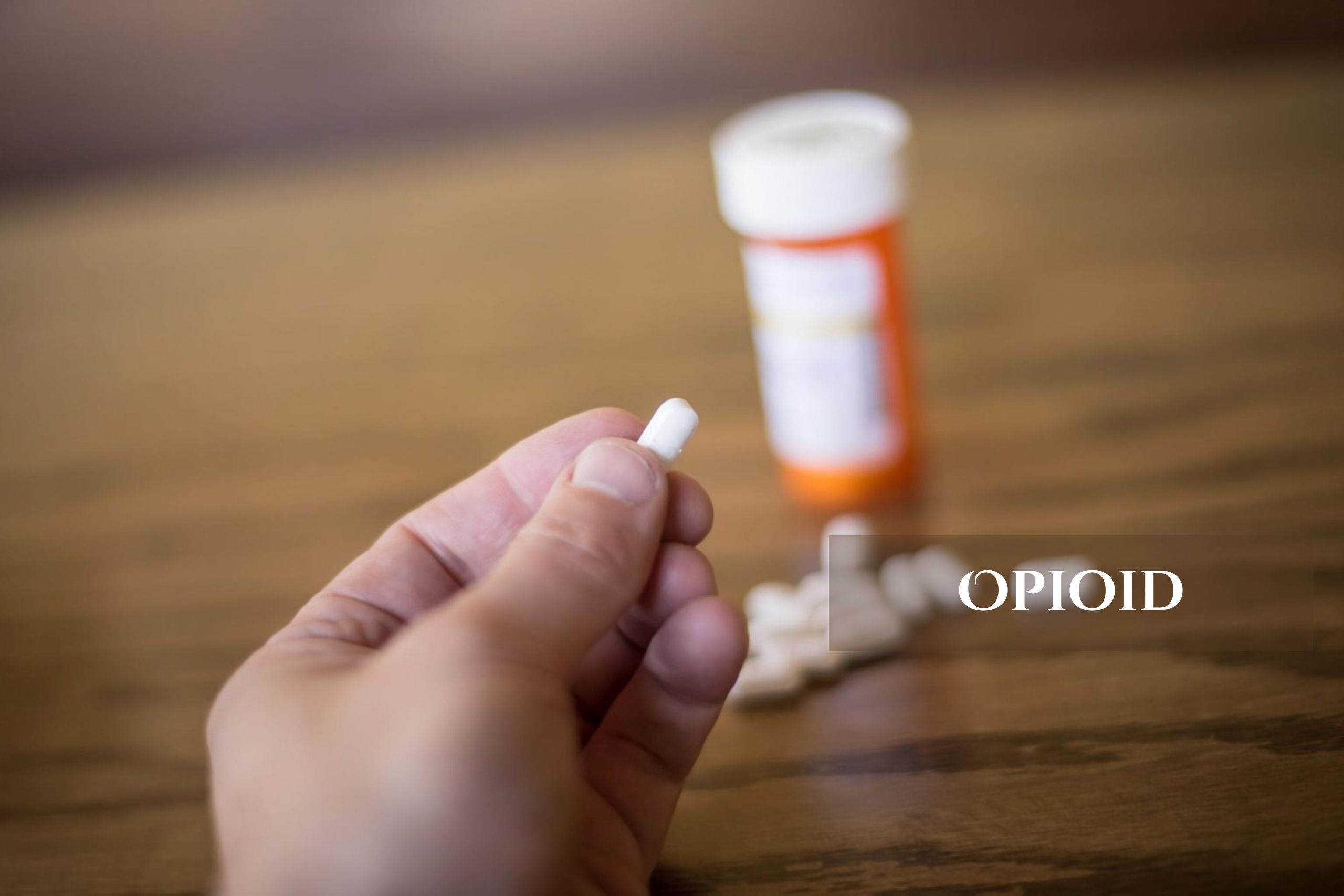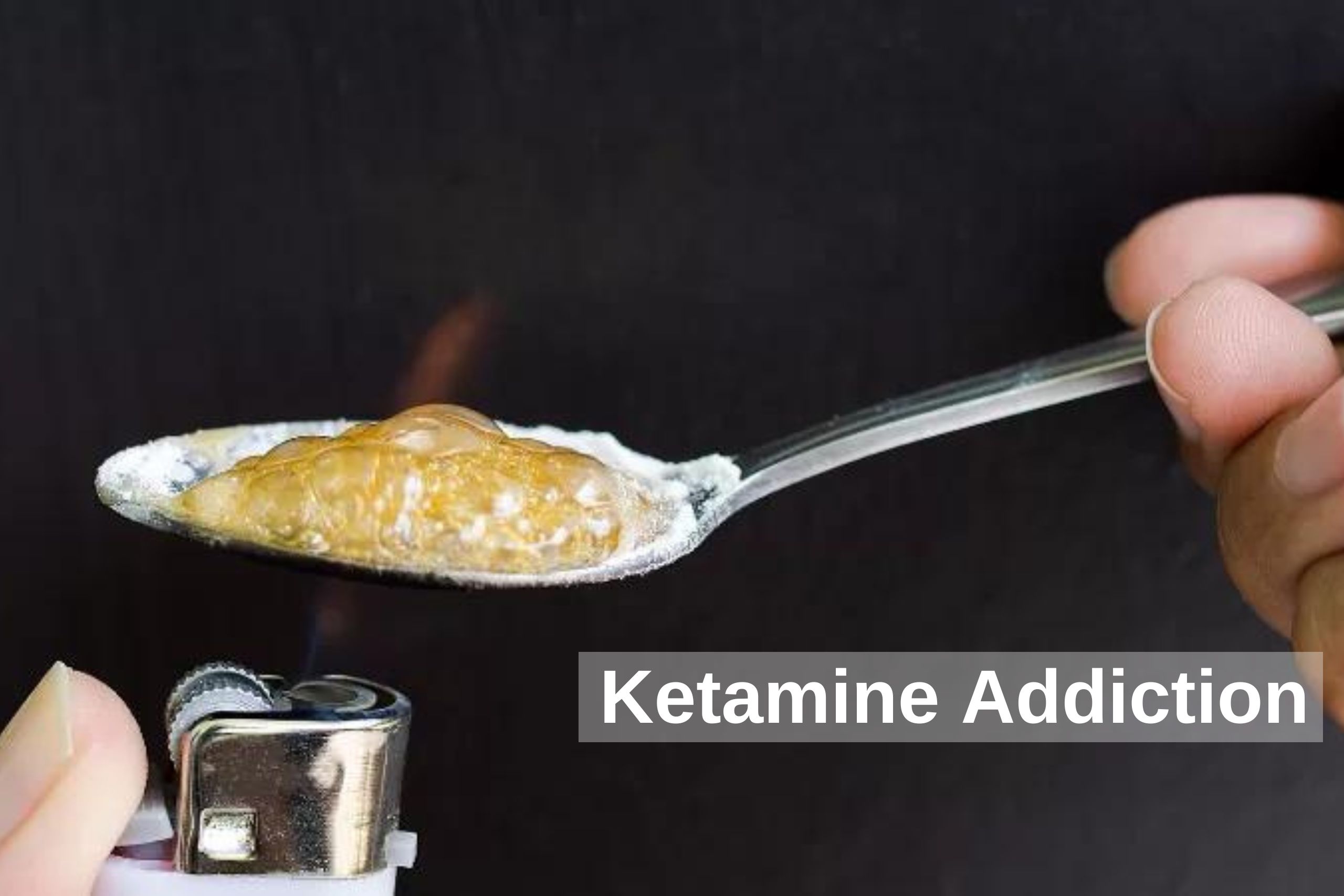Before Adderall and other modern stimulants, there was Benzedrine. Once widely used and even sold over the counter, Benzedrine was one of the first amphetamine-based medications in the United States. It played a major role in both medicine and culture throughout the 20th century.
Today, Benzedrine is no longer prescribed, but its history offers important insight into how stimulant medications affect the brain, why misuse can be risky, and how attitudes toward drug safety have evolved.
Table of Contents
ToggleWhat Is Benzedrine?
Benzedrine is the brand name for racemic amphetamine, a central nervous system stimulant. It was first introduced in the 1930s as a decongestant and was later prescribed for conditions like:
- Depression
- Narcolepsy
- Obesity
- Fatigue
- ADHD (though not as commonly as newer medications)
It came in the form of inhalers and tablets, and for years it was accessible without a prescription.
How Did Benzedrine Work?
Like other stimulants, Benzedrine works by increasing levels of dopamine and norepinephrine in the brain. These chemicals help with focus, alertness, and energy.
For people with certain conditions, this effect can be therapeutic. But in higher doses or without medical supervision, it can lead to intense stimulation, euphoria, and eventually, dependence.
Why Was Benzedrine Misused?
Because it was widely available and known to produce energy and euphoria, Benzedrine became popular for recreational use in the mid-20th century. It was used by college students, soldiers, entertainers, and everyday workers trying to stay alert or push through exhaustion.
Over time, misuse became more visible, and reports of addiction, mood changes, and health problems led to tighter regulations.
When and Why Was It Discontinued?
By the 1970s, Benzedrine was phased out due to its high potential for misuse and the growing recognition of amphetamine-related risks. Newer medications with more controlled formulations, like dextroamphetamine and Adderall, took its place.
Today, Benzedrine is classified as a Schedule II controlled substance in the U.S., meaning it has a high potential for abuse but may still have limited medical uses in its newer forms.
Benzedrine and Modern Stimulant Use
While Benzedrine is no longer in use, the issues it raised are still relevant. Prescription stimulants can be life-changing for some people, but they also carry risks.
If you’re curious about how stimulant misuse starts, or how to recognize early signs, visit our guide on understanding drug use disorder.
Can You Still Encounter Benzedrine Today?
Benzedrine itself is no longer produced or prescribed, but its cultural references remain. It shows up in literature, film, and music from the mid-1900s. Some people may also refer to other stimulants colloquially as “bennies,” a leftover term from Benzedrine’s heyday.
If You’re Worried About Stimulant Use
Whether it’s a concern about Adderall, amphetamines, or another substance, know that support is available. Outpatient detox can help people regain control while staying connected to work and family life.
To learn more about how this works, visit our overview of outpatient detox.
Sources:
- National Library of Medicine: History of Amphetamine
- DEA Museum: Stimulants in American History
- NIDA: Prescription Stimulants
Disclaimer: This blog is meant to offer guidance and education, not medical advice. If you’re feeling uncertain about your relationship with substances, you don’t have to figure it out alone. A healthcare provider can help; or if you’re not ready to talk, our anonymous self-check quiz is a gentle place to begin




